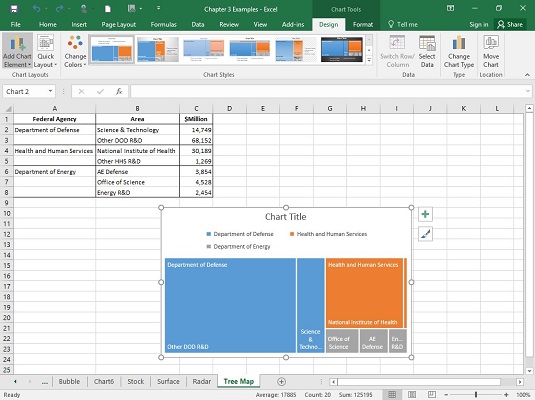

Histograms show you the proportion of different responses to a question and can be used on Number and Categorical data.
Statistical analysis in excel 2010 how to#
Video of how to add error bars to a graph with Excel Step 3: Add Histograms of Each Questionīefore you go on to more advanced statistics you should also create histograms of the survey responses to better understand the data. Here is a quick video on exactly how to do that. This chart has error bars and is much more informative than one without error bars In other words we are 95% confident that the actual average for all customers is between the upper error bar and the lower error bar. When we multiply it by 1.96 we are creating a 95% confidence interval. The standard error of the sample mean is an estimate of how far the sample mean is likely to be from the population mean. To interpret the error bars you need to know a little about Standard Error: With a couple of simple steps, you can add Error Bars to your charts to show the 95% confidence interval – which is much more informative. This can be misleading because the response average is only an estimate of the population average. However, one of the problems with most feedback charts is they show only the average. So, the next step is to graph the average of each question. When you present your data you will almost certainly use charts.
Statistical analysis in excel 2010 download#
You can download this spreadsheet here: Analysing Survey Data in Excel TemplateĮxcel formulas for Average, Max, Min, Standard Error and Confidence Intervals Step 2: Graph Each Question and Add Error Bars We’ll use these statistics in the next section when we graph the scores add confidence intervals for the average.Įxcel has formulas for each of these and is smart enough that you can simply highlight an entire data column and it will calculate the statistics for you. Standard Error is useful in understanding how much potential error there is in sample statistics. In the image below we have included the common maximum, minimum and average along with a couple of additional statistics: Standard Error and 1.96 x Standard Error. Generating simple statistics for your survey data, (mean, maximum and minimum) is easy in Excel. Step 1: Calculate simple statistics (mean, max, etc.) for all questions We’re not going to attempt to do this in our Excel based survey data analysis plan. While there are various specialist text analysis engines ( Amazon, Microsoft) the only thing you can really do with Excel is searching for content. Practically speaking this is the most difficult type of data to analyse. Numbers: Also Called Ordinal dataĪ example survey question that creates Text data There are three different types of data a typical customer survey generates: 1. This is good news because there are only a few types of statistical approaches you will need and Excel supports all of them.


 0 kommentar(er)
0 kommentar(er)
